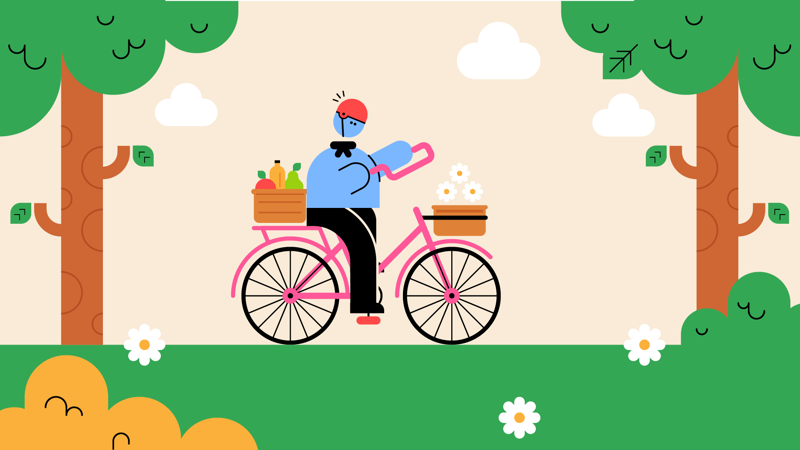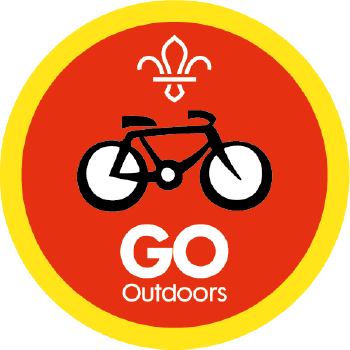
Check your bike before you wreck your bike
You’ll need
- Bikes that participants can check for faults
- Bike tools (if you want to demonstrate a repair)
Before you begin
Prepare three or more bikes. Each bike should have two faults from the list below. Between them, the three bikes should feature all six faults. The bikes can belong to whoever is willing to use their bike for the activity – a leader, parents, a young leader or a young person. All of these faults are easily fixed during or after the activity. Make sure the owner of each bike checks them properly after the activity.
- The brake pads are too tight, so the wheel won’t spin. (Use a small tool to loosen or tighten the screws or bolts.)
- The saddle is loose. (Use a small tool to loosen or tighten the bolts.)
- Loose handlebars due to loose bolts. (Use a small tool to loosen or tighten the bolts.)
- Loose or broken brake cable. (Adjust the barrel adjuster on the pull brake handle by hand.)
- Dry chain. (Chains can become dry when a bike isn’t used.)
- Loose pedals. (Use a small tool to loosen or tighten the bolts.)
The activity
- Before starting, discuss why it might be important to check your bicycle before using it. (If it isn’t roadworthy you may damage it by using it, get stranded or even hurt.)
- In small groups of two or three, participants should use the checklist on their sheets and examine the bikes in turn. When they find a problem, they can note it on their checklist.
- While one group is looking at one bike, another group should look at another.
- After everyone has had an opportunity to examine every bike, ask them what they’ve found, to get their thoughts on how to spot problems.
- Give them five minutes to return to their small groups and discuss how to fix the problems and what equipment they might need.
- Ask them to feedback to the wider group.
Reflection
Do you think it would be easier to fix a bike before it breaks or after? Why? Are there any other things you might need to check to make sure your bike is in good condition?
Safety
All activities must be safely managed. You must complete a thorough risk assessment and take appropriate steps to reduce risk. Use the safety checklist to help you plan and risk assess your activity. Always get approval for the activity, and have suitable supervision and an InTouch process.
- Heavy and awkward objects
Never lift or move heavy or awkward items alone. Ask for help or, if possible, break them down into smaller parts.
This activity can be taken further if the participants are shown how to fix the bike problems, or encouraged to attempt to repair them themselves. The person leading the game could also put problems on the bike that aren’t listed in the sheet and then ask participants to find the extra problems.
Those with mobility issues could participate in aspects of this task through teamwork and observation skills.
All Scout activities should be inclusive and accessible.
